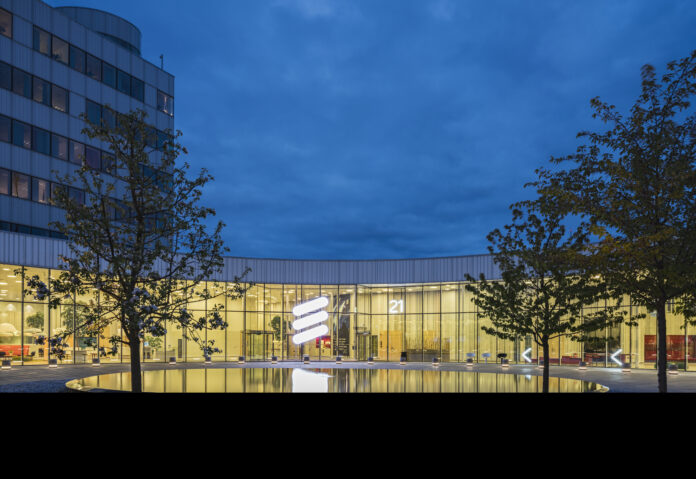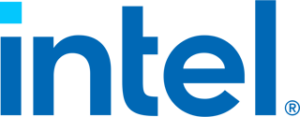Ericsson rApp strategy is focused on network automation, deployment, evolution, healing and optimization
As operators continue to push toward large-scale Open RAN deployments, a North Star is this idea of using open radio access networks as decentralized platforms for innovation. What this means, we think, is that opening up the RAN to first- and third-party application providers will give operators a wider net to cast as they seek to gain automation-based network efficiencies and set the stage for more effective network monetization.
With the world’s biggest Open RAN deal, Ericsson is building its Open RAN momentum with the announcement of a new rApp directory; rApps are non-real-time functions that, according to Ericsson’s announcement, will support a range of network management takss:
- Ai-enabled automation to speed time-to-market of new use cases, and help foster trust among operators and their customers
- Network deployment procedures like provisioning and lifecycle management
- Network evolution as operators plan and deploy new infrastructure and services using data and intent
- Network healing to ensure service continuity and incident resolution
- And network optimizations meant to improve customer experience.
Ericsson said the rApp directory has been available since the summer and currently has 28 registered members and more than 20 commercially available applications that integrate with Ericsson’s service management and orchestration (SMO) solution, called the Ericsson Intelligent Automation Platform.
AT&T is Ericsson’s biggest Open RAN customer; the operator announced last year a five-year, $14 billion deal and intends to run 70% of its network traffic across “open capable” platforms by late 2026. In a recent conversation with RCR Wireless News at the Open RAN Global Forum, available on-demand here, AT&T Vice President of RAN Technology Robert Soni described AT&T’s Open RAN goals as realizing “continuous innovation and continuous delivery of new technology as opposed to putting us into a cycle of virtuous Gs.”
Ericsson’s Anders Vestergren, head of solution area network management, said the rApp directory “comes as we celebrate the gathering momentum of the [SMO], as well as rApps in the wider telecoms industry…We’re confident the rApp directory will be a valuable asset to that community of independent developers, software developers, and [communications service providers] as they seek to drive innovation and growth through RAN automation.”


